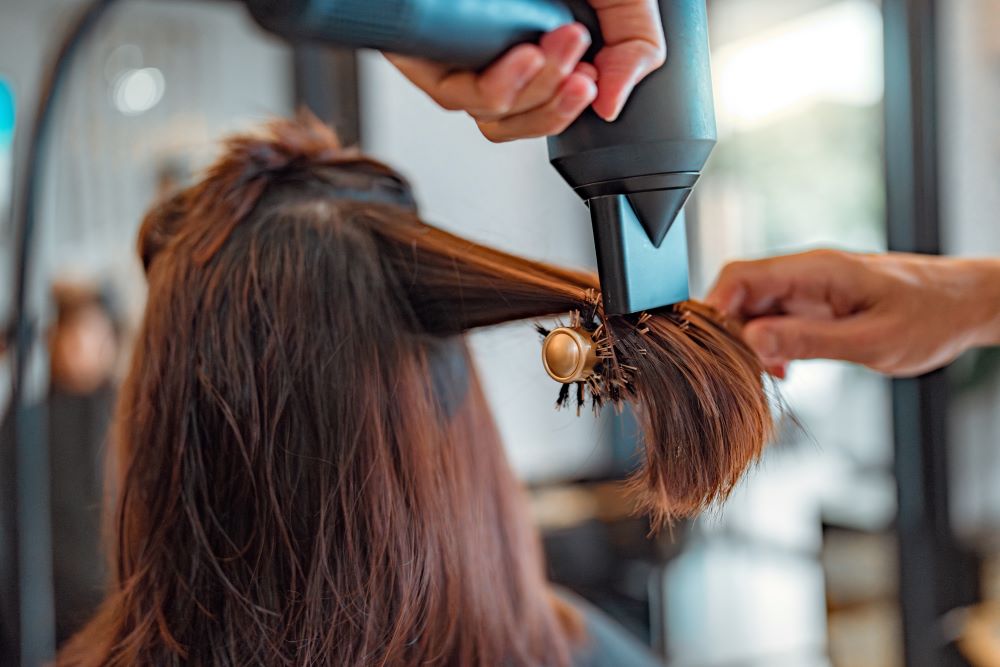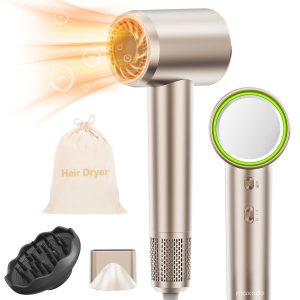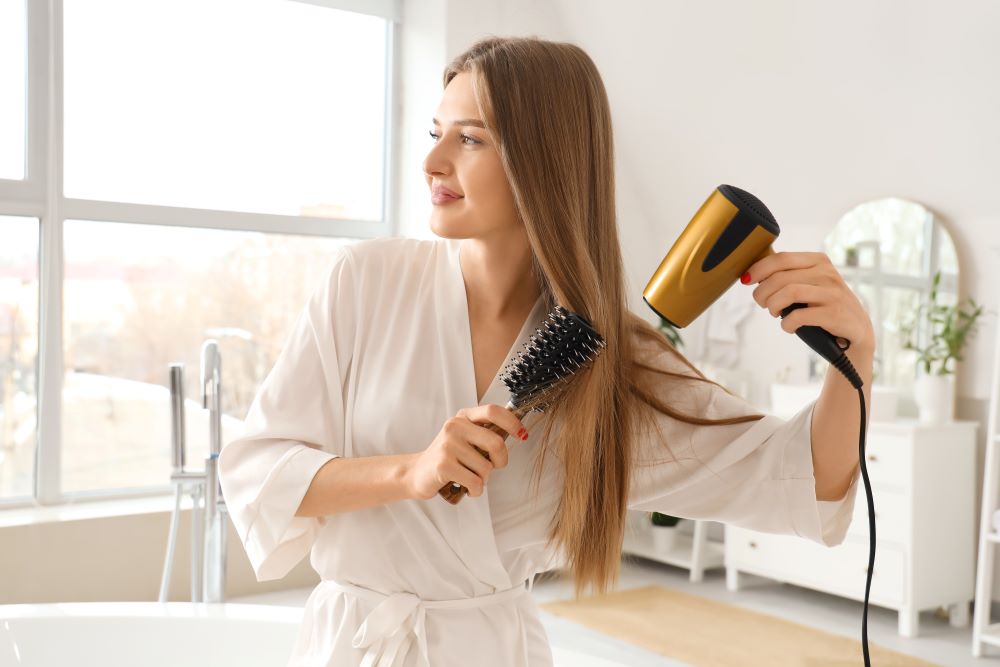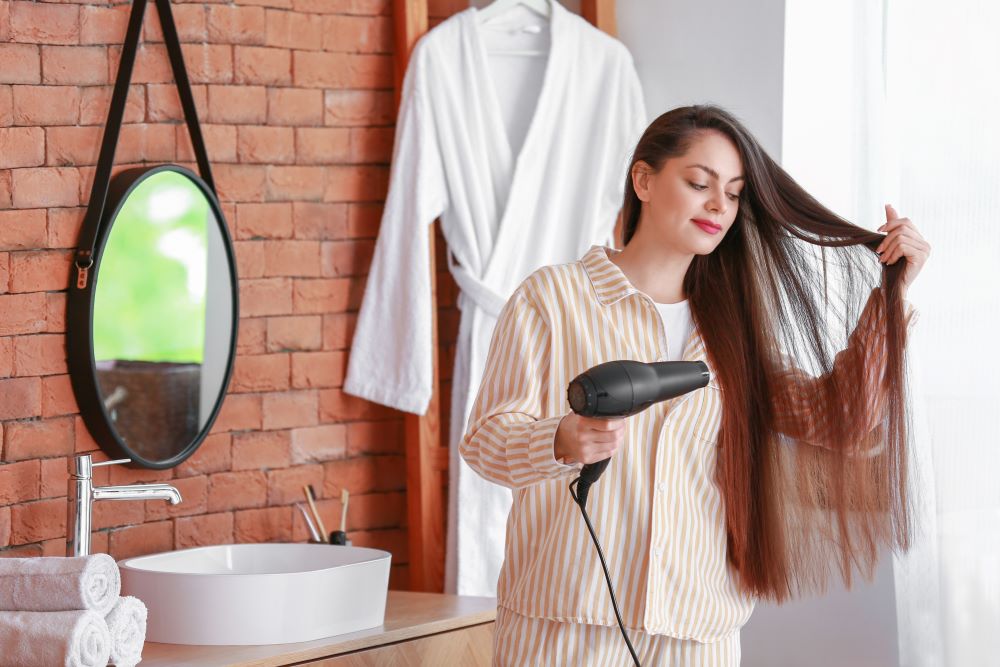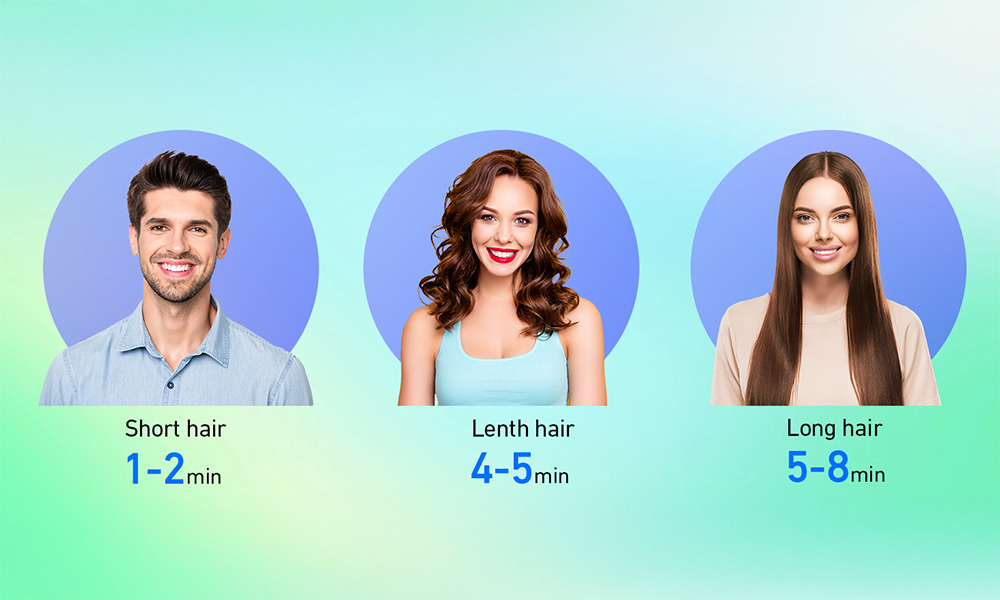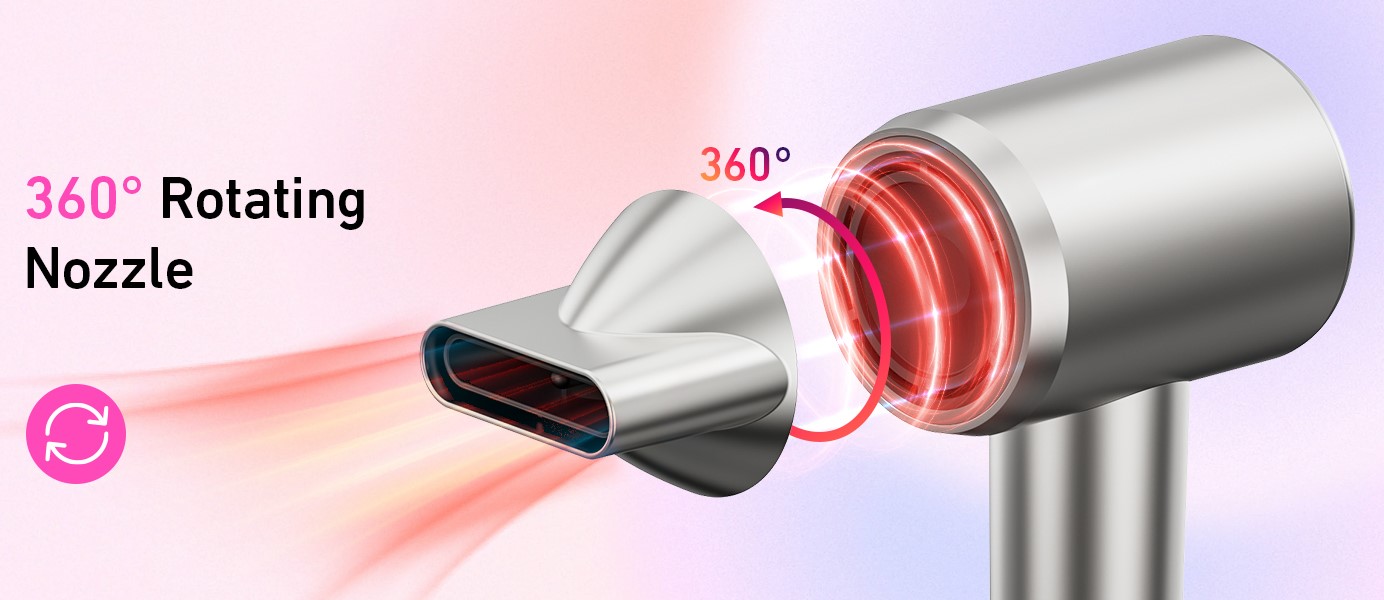
- Home
- Hair Dryer
- Noise Reduction in Hair Dryers: Latest Innovations
Noise Reduction in Hair Dryers: Latest Innovations
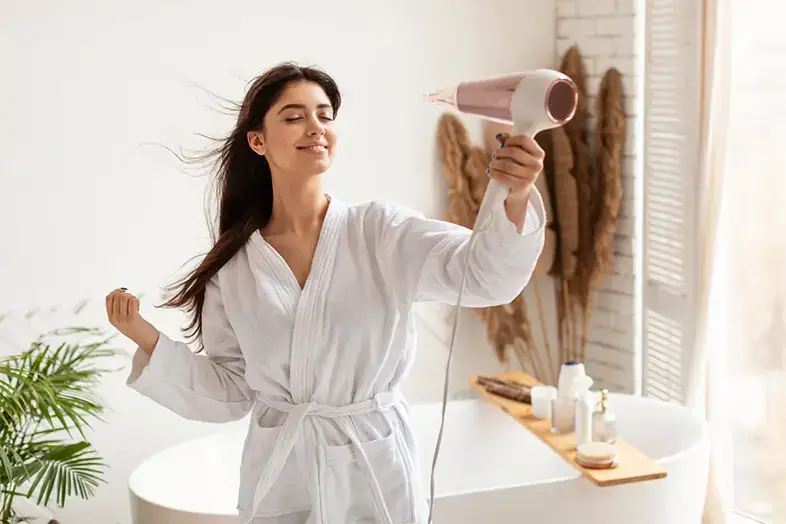
In the bustling rhythm of modern life, the quest for tranquility often leads us to reevaluate the appliances we use daily. Among these, hair dryers have long been a source of high decibel disturbance. Quieter hair dryers not only enhance the user experience by reducing auditory stress but also address broader concerns such as noise pollution and hearing health. The significance of developing low-noise hair care devices cannot be overstated, as they contribute to a more peaceful living environment and are particularly beneficial in settings where noise sensitivity is a concern, such as households with young children, pets, or individuals with auditory sensitivities.
Hair dryer technology has come a long way from the early 20th century, evolving from bulky, inefficient models to today’s sleek, powerful, and more silent versions. Initially, the focus was on improving efficiency and reducing drying time. However, as consumer demand for more comfortable and health-conscious appliances grew, manufacturers turned their attention to noise reduction. This shift has led to innovations in motor design, internal components, and overall construction, aiming to provide effective drying with minimal noise.
The Science of Sound: How Hair Dryers Generate Noise
Components of a Hair Dryer: What Makes Them Loud?
The primary source of noise in hair dryers is the motor and the fan blade, responsible for drawing air in and expelling it at high speed. The interaction between the motor, the fan, and the hair dryer’s casing can create a range of sounds, from the low hum of the motor to the high-pitched whir of the fan blades cutting through the air. Other factors contributing to noise include the design and material of the dryer’s body, airflow turbulence, and the vibration of components during operation.
Decibels Explained: Measuring Hair Dryer Noise Levels
Noise levels are measured in decibels (dB), a logarithmic unit that quantifies sound intensity. In the context of hair dryers, typical models can range from 60 to 90 dB, with quieter models aiming below this range. To put it in perspective, a conversation typically occurs at about 60 dB, while a motorcycle engine running is about 95 dB. Reducing a hair dryer’s noise output by even a few decibels can significantly improve the user’s comfort and reduce auditory fatigue.
Latest Innovations in Noise Reduction Technology
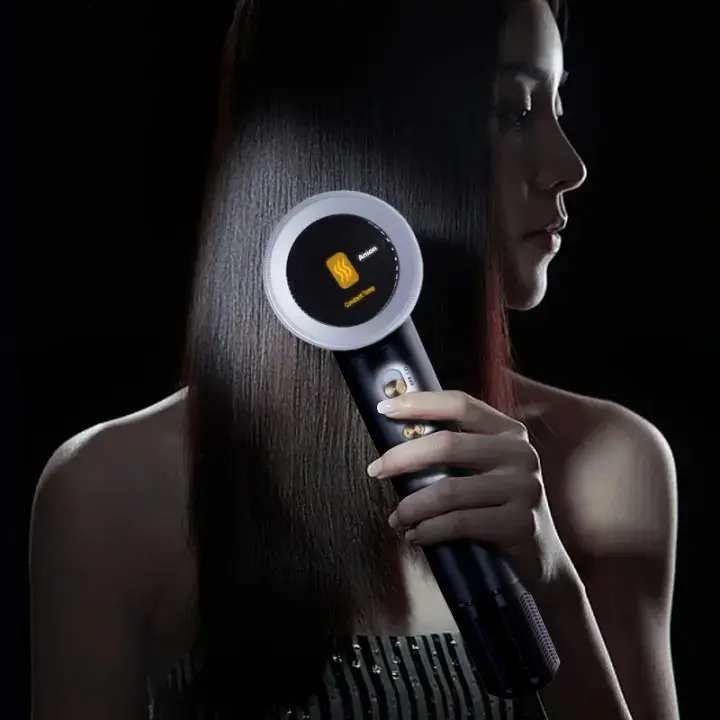
Revolutionary Motor Designs for Quieter Operation
The heart of noise reduction in hair dryers lies in motor innovation. Brushless DC motors have emerged as a leading solution, offering not only quieter operation but also improved energy efficiency and longer lifespan. These motors produce less friction and vibration than traditional brushed motors, leading to a substantial decrease in sound output.
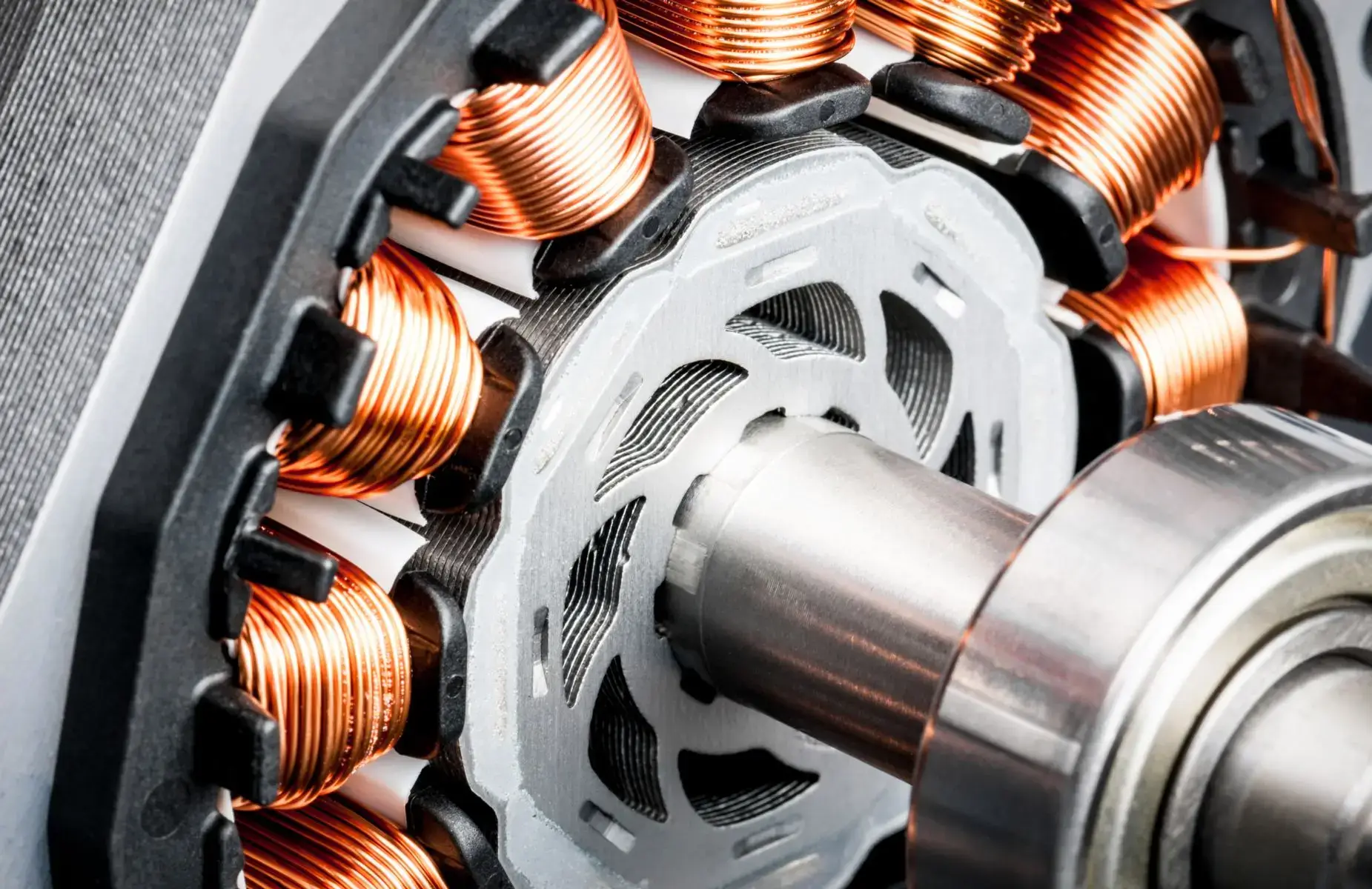
Acoustic Dampening Materials and Techniques
Manufacturers have also explored the use of acoustic dampening materials within the hair dryer’s body to absorb and minimize sound waves. These materials, often found in sound engineering and automotive industries, help to isolate the noise generated by the motor and airflow. Techniques such as optimizing the internal layout to reduce vibration and employing materials that absorb rather than reflect sound contribute to a noticeable reduction in noise.
The Role of Airflow and Heat Control in Reducing Noise
Advancements in controlling airflow and heat distribution are crucial for noise reduction. By refining the design of the fan blades and the air outlet, manufacturers can minimize turbulence and the resulting sound. Precise control over airflow not only contributes to noise reduction but also enhances the efficiency of heat delivery, allowing for faster drying times without an increase in decibel levels.
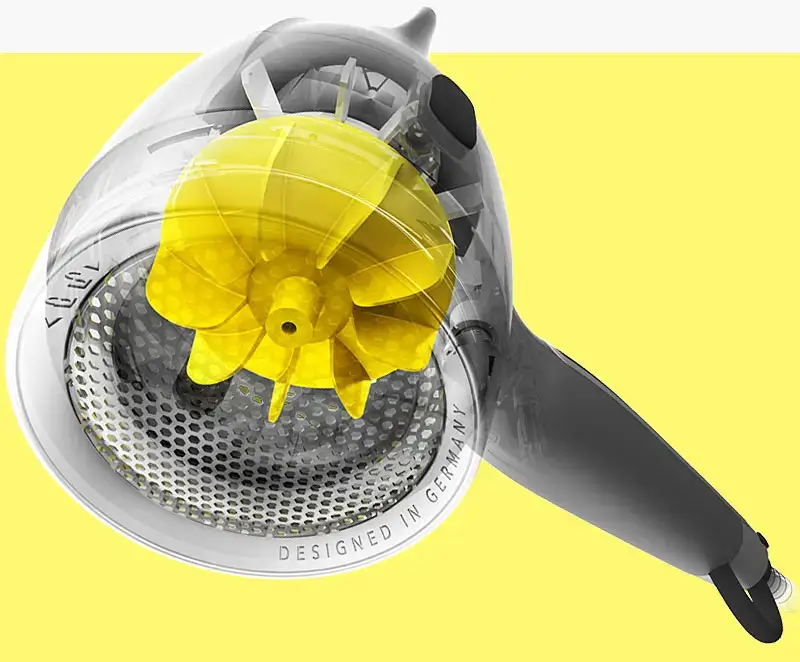
Comparing Traditional vs. Modern Quiet Hair Dryers
Performance and Noise Level Comparisons
When comparing traditional hair dryers with their modern, quieter counterparts, the most noticeable difference lies in their noise levels. Traditional models typically operate within a range of 80 to 90 decibels (dB), which is comparable to the noise level of a busy street. Modern quiet hair dryers, on the other hand, have significantly reduced noise levels, often below 70 dB, which is more akin to the sound of a running shower. This reduction is achieved through innovative designs that include optimized airflow, advanced motor technology, and the use of noise-dampening materials.
Performance does not suffer with the reduction in noise. In fact, many modern hair dryers are equipped with ionic technology and ceramic heating elements that enhance drying time and hair health, proving that efficiency and quiet operation can coexist.
Pros and Cons of Switching to Quieter Models
Pros:
Reduced Noise Pollution: Quieter hair dryers contribute to a more peaceful environment, reducing noise pollution in homes and salons.
No Compromise on Efficiency: Advanced technology ensures that quieter models dry hair as effectively as traditional ones.
Health Benefits: Lower noise levels mean reduced risk of hearing damage over prolonged use.
Cons:
Cost: Quieter models can be more expensive due to the advanced technology and materials required for noise reduction.
Availability: Not all brands offer quiet models, which can limit options for consumers.
User Experience: Benefits of Using Quieter Hair Dryers
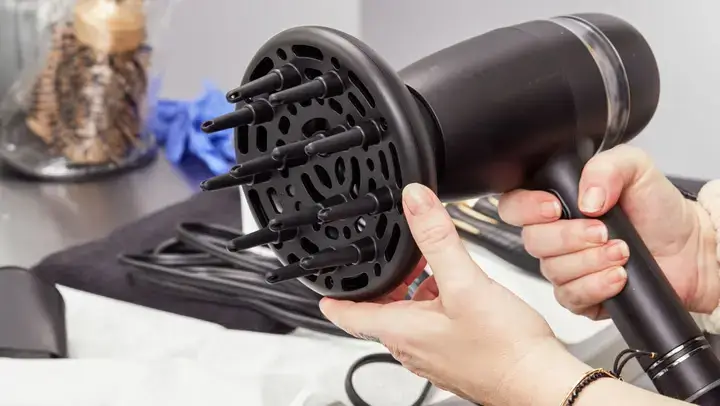
Enhanced Comfort and Reduced Hearing Risk
The immediate benefit of using a quieter hair dryer is the significant reduction in noise exposure. This leads to a more comfortable experience for both the user and those around them. For professionals working in salons, this can mean less cumulative noise exposure throughout the day, leading to a lower risk of hearing damage. For home users, a quieter morning routine is less disruptive to others in the household.
Impact on Morning Routines and Household Dynamics
A quieter hair dryer can transform morning routines from a chaotic rush to a more serene start of the day. The reduced noise level means that other family members are less likely to be disturbed by hair drying early in the morning or late at night. This can be especially beneficial in households where schedules vary, allowing for a more harmonious living situation.
Spotlight on Leading Quiet Hair Dryer Brands
Reviewing the Market Leaders in Noise Reduction
Several brands have established themselves as leaders in the quiet hair dryer market, each offering unique features aimed at reducing noise while maximizing performance. Dyson, for example, has been at the forefront with its Supersonic hair dryer, which uses a digital motor placed in the handle to reduce noise. Another notable brand is Bio Ionic, which offers hair dryers with patented ionic technology that dries hair quickly and quietly.
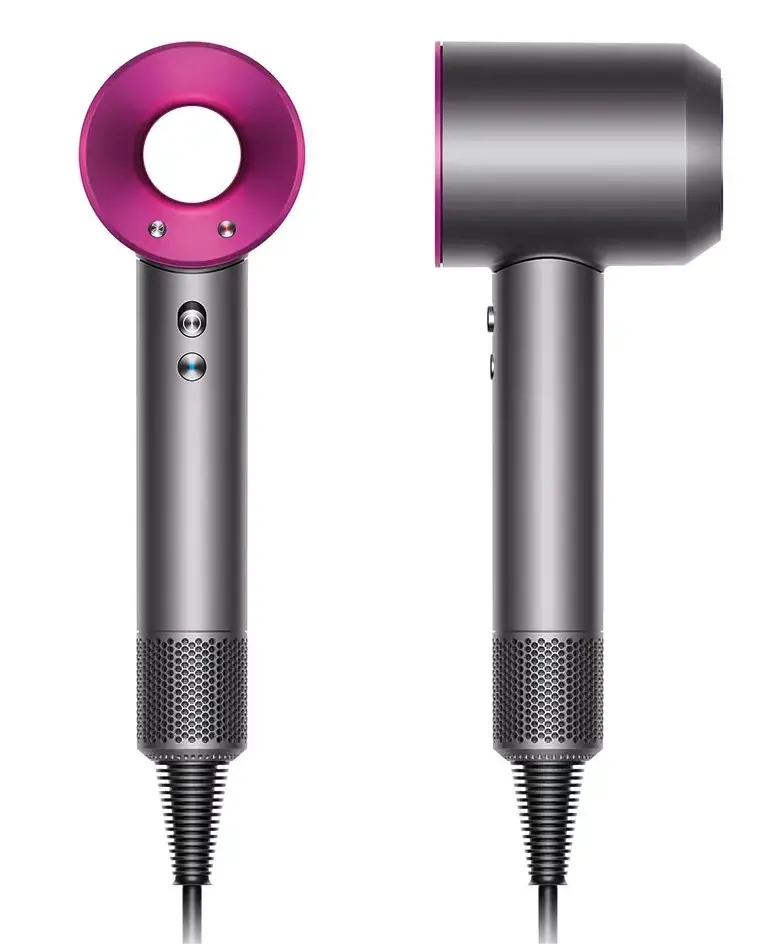
What to Look for When Choosing a Quiet Hair Dryer
When selecting a quiet hair dryer, consider the following features to ensure you find a model that suits your needs:
Noise Level: Look for models with noise levels below 70 dB for the quietest operation.
Technology: Options like ionic technology and ceramic heating can enhance drying time and hair health.
Weight and Ergonomics: A lightweight and ergonomically designed hair dryer can reduce arm fatigue, especially for professionals.
Heat and Speed Settings: Multiple settings offer greater control over drying and styling, allowing for customization based on hair type.
Attachments: Diffusers and concentrators can enhance styling options and improve the drying experience.
Future Trends: The Next Generation of Quiet Hair Dryers
Innovations on the Horizon: Predictions and Developments
The quest for quieter hair dryers continues to drive technological innovation, with manufacturers exploring new frontiers in both design and materials. Future models are expected to leverage advancements in brushless motor technology, which not only reduces noise but also improves the lifespan of the device. Additionally, the integration of smart technology is anticipated, where hair dryers can adjust their settings in real-time based on hair type and moisture level, optimizing both drying time and noise output.
Another promising area is the use of advanced acoustic materials that absorb sound more efficiently. These materials, combined with innovative internal layouts that minimize air turbulence, could significantly lower the decibel levels of hair dryers. Furthermore, the development of external accessories, like noise-reducing nozzles and attachments, is expected to offer additional paths to quieter operation.
The Role of Consumer Demand in Shaping Future Products
Consumer demand for quieter hair care appliances has never been higher, influenced by a growing awareness of the impacts of noise on both health and lifestyle. This demand is steering companies to prioritize noise reduction in their R&D efforts. Feedback via social media, customer reviews, and market research is directly informing the features and design priorities of the next generation of hair dryers. As consumers continue to express a preference for quieter appliances, manufacturers are responding with innovations designed to meet these expectations, ensuring that noise reduction remains at the forefront of product development.
DIY Tips for Reducing Hair Dryer Noise
Simple Modifications to Make Your Existing Hair Dryer Quieter
While waiting for the next generation of quiet hair dryers to hit the market, there are several DIY modifications you can make to reduce the noise of your current model. One effective method is to attach a soft foam or rubber cover to the dryer’s air intake. This not only reduces the noise generated by air being sucked into the dryer but also prevents small debris from entering and potentially damaging the motor.
Another strategy is to use the dryer on lower settings, which can significantly decrease noise output. Although this may extend drying time, it’s a straightforward way to reduce noise without any physical modifications to the device.
Preventive Maintenance to Avoid Noise Increase
Regular maintenance can also play a crucial role in keeping your hair dryer operating quietly. Cleaning the lint filter and checking for obstructions in the air intake and exhaust ensures that the dryer runs efficiently and minimizes noise. Additionally, lubricating the motor and fan blades with appropriate products can prevent wear and tear that leads to increased noise over time.
Conclusion: The Quiet Revolution in Hair Care Technology
Summarizing the Impact of Innovations in Noise Reduction
The innovations in noise reduction for hair dryers represent more than just technological advancements; they signify a shift in the hair care industry towards more consumer-friendly products. These improvements have made it possible to achieve salon-quality results without the traditionally associated high decibel levels, enhancing the user experience by making hair drying less disruptive to daily life and more enjoyable.
How These Advances Are Changing the Hair Care Industry
This quiet revolution is setting new standards for what consumers expect from hair care appliances. Manufacturers are being pushed to innovate continuously, leading to a market that prioritizes not only the functionality and efficiency of hair dryers but also their impact on the user’s comfort and health. As these trends progress, we can anticipate a future where hair dryers not only preserve the health of our hair but also contribute to a quieter, more serene living environment.
Popular Post

Ultimate Guide to Using a Hair Dryer with Nozzle for Styling
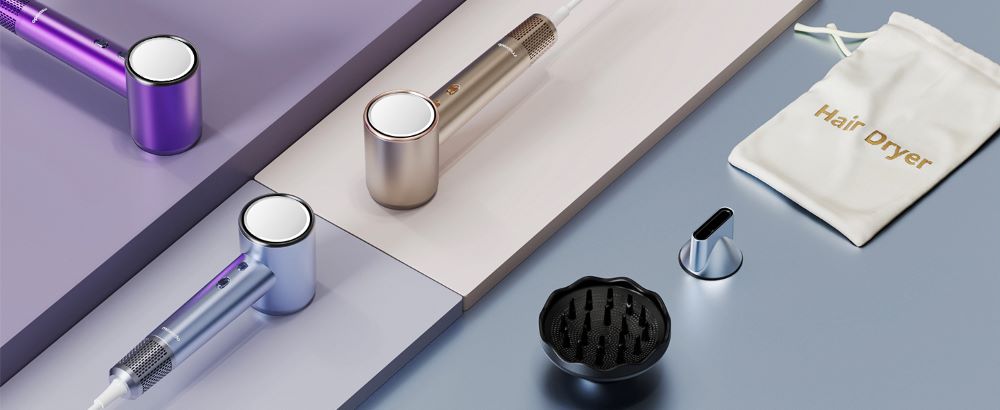
The Benefits of Using a Hair Dryer with a Diffuser
